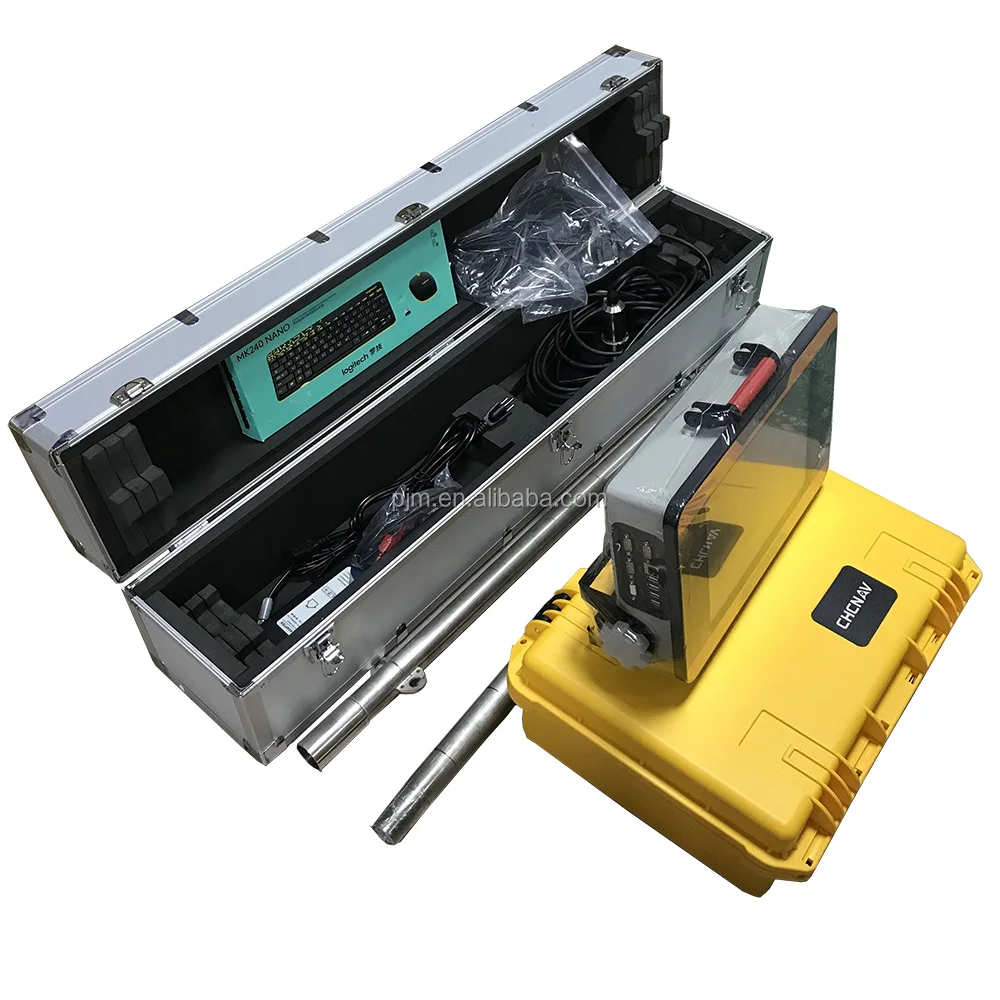

HYPACK Configuration PageRight-click on Hardware to add another mobile.For multibeam, check Include. Future studies concerning any shallower portion of an area, by this procedure can be more accurate sounding value and can do more detailed research.HYPACK HARDWARE: CombinedHYPACK HARDWARE, HYSWEEP HARDWARE & SIDE SCAN HARDWARE are now combined in a single HYPACK HARDWARE! GPS Latency is synchronized GPS to echo sounder. Cause These 4 correction affect each others, we run each survey line to calibrate. In general, the problems which have to be solved is the patch test's 4 correction in the Hypack system 1.Roll 2.GPS Latency 3.Pitch 4.Yaw. We will construct a procedure in patch test and figure out all the possibilities may make sounding data with error then calculate the error value to compensate. This paper aims to set a model in the specific area which can calibrate the error due to instruments.

Hence, calibrating for variations of the speed of sound in the water column, which is natural in origin, is not addressed in this document. The data which used in calibration will reference International Hydrographic Organization(IHO) and other related standards to compare. The procedures aim at detecting, quantifying and correcting systematic instrumental and installation errors. A systematic method for the calibration of shallow water MBES is proposed and presented as a set of field procedures. More importantly, one must still verify that bathymetric data meet the accuracy requirements. This paper aims to summarize the system integration involved with MBES and identify the various source of error pertaining to shallow water survey (100m and less). As a consequence, misalignment and time lag problems emerge as artifacts in the bathymetry from adjacent or overlapping swaths, particularly when operating in shallow water. We now need to match together strips (swaths) of totally ensonified seabed. We are no longer dealing with sounding lines where the bathymetry must be interpolated between them to engender consistent representations of the seafloor. This is the case for multibeam echo-sounding systems (MBES). Indeed, the finer the resolution of remote sensing instruments, the harder they are to calibrate. This gain in efficiency does not come without drawbacks. The Calibration and error analysis of Shallow water (less than 100m) Multibeam Echo-Sounding System Abstract Multibeam echo-sounders(MBES) have been developed to gather bathymetric and acoustic data for more efficient and more exact mapping of the oceans.


 0 kommentar(er)
0 kommentar(er)
